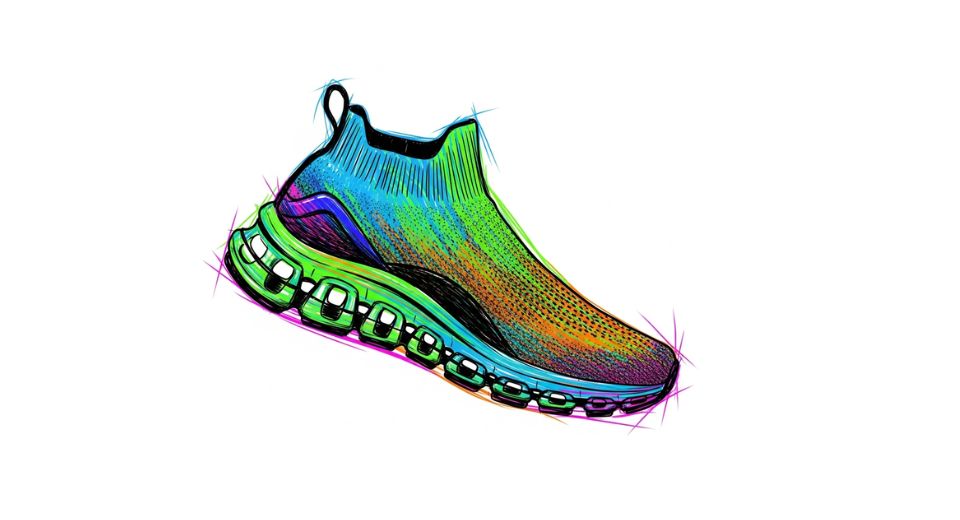
Aug 14, 2025

The recent report on the Global Recovery Footwear Market done by Metastat Insight presents a multi-layered view of an industry that continues to evolve with the subtle yet real changes in consumer health and lifestyle trends. This sector of the footwear market has transcended its previous niche status, having become an established category responding to specific post-activity and therapeutic demands of a wide range of users. The tone of this development is neither one of sudden revolution, but one of constant refinement, in which product advancement esoterically reflects the subtleties of personal care, comfort, and functional design.
Recovery footwear has established a particular voice by emphasizing its mission, which resides at the crossroads of science-driven ergonomics and the more emotive appeal of personal wellbeing. The market story is deepened by the reality that these products are not limited to professional athletes or rehabilitation environments. Rather, they find application in a widening range of consumers, each attracted by the individual promise of alleviating tension, supporting post-activity recovery, and offering a subtle feeling of relief in everyday habits. This expansion in appeal is met with nuanced differentiation among product lines, material selections, and styling hints, each choice made in service of discreetly advancing the end-user experience.
Active brands have responded to design with a realization that recovery shoes need to reconcile functional integrity with tactful versatility. It is not just about offering a piece of medical or sporting equipment, but also providing a wearable solution that becomes part of daily life without commanding undue attention. Such convergence of purpose and form represents a change in which boundaries between recovery gear and performance garments have blurred, enabling wider tolerance of such products in diverse social and working environments.
One of the key trends in the market's evolution is the focus on sensory perception. From the density of cushioning to support for the arch, from contour of the footbed to moisture management, the relationship between user and product is being defined with near-craftsmanship care. This increased attention to tactility implies that even the most restrained design decisions have impact in driving consumer commitment. It also suggests an environment of competition that increasingly depends on incremental detail rather than grand change—small improvements that can make a significant difference in the eyes, and feet, of the consumer.
The growth of recovery footwear into mass retail channels represents another low-key change in the nature of the industry. Again more identified with specialist stores, these types of products are increasingly taking up residence alongside lifestyle footwear in mass environments. The impact is subtle but potent, in that it remakes the category not as a specialist device but rather as a mainstream choice for consumers looking for comfort and practical utility without medicalising implications. This openness is supplemented by diverse design strategies, where some lines take on minimalist silhouettes, others opt for expressive patterns and colour treatments to resonate with specific consumer identities.
Regional diversity introduces its own twist to the market story. In other areas, the emphasis is toward sophisticated material engineering, representative of a consumer base sensitive to technical characteristics. In others, the appeal might be the aspirational linkage between active lifestyles and personal recovery regimens, even among consumers not participating in extensive athletic pursuits. These varied viewpoints shape the way brands represent their products, how they convey value, and how they adjust what they offer in order to fit cultural mindsets towards health, leisure, and appearance.
Sustainability has insidiously woven its way into the discourse of the market, not as regulatory requirement but as organic extension of new consumer aspirations. The use of recycled materials, low-carbon production methods, and responsible sourcing speaks to a niche of consumers who recognize environmental stewardship as part of the larger product narrative. Thus, the emphasis on individual recovery is carried metaphorically over to the planet, constructing a story that subtly enhances brand affinity.
Among the more subtle influences on this category is the power of storytelling to place brands. As much as the functional advantages of recovery shoes are quantifiably apparent to the wearer, the emotional bond frequently derives from the brand's capacity to tell a coherent story of attention, innovation, and user concern. This has made marketing more of a conversational than a declarative exercise, more about mutual comprehension than explicit influence. The success of such approaches lies in the authenticity with which they are executed, an authenticity that consumers in this segment tend to value highly.
As the market marches steadily onward, there is a feeling that recovery footwear will not just blend into casual wear's background but will remain its own unique thing alongside related categories. This position's strength is in not solely depending on trends; rather, it develops long-lasting appeal through comfort, understated, and ongoing refinement of design.
In looking back at the sheer volume of work conducted in the most recent Global Recovery Footwear Market report from Metastat Insight, the category's development is obviously one of deliberate evolution rather than radical disruption. The industry’s commitment to merging functional performance with understated design, its embrace of broader accessibility, and its willingness to align with the personal and environmental values of its consumers all contribute to its sustained relevance. It is a market that grows not through spectacle, but through its steady capacity to meet people where they are—supporting not only their steps but the quiet moments of restoration in between.
Drop us an email at:
Call us on:
+1 214 613 5758
+91 73850 57479